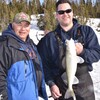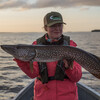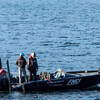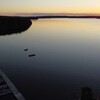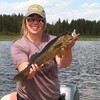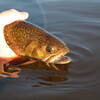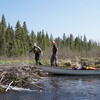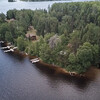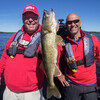
Ice Perchin’ in Ontario
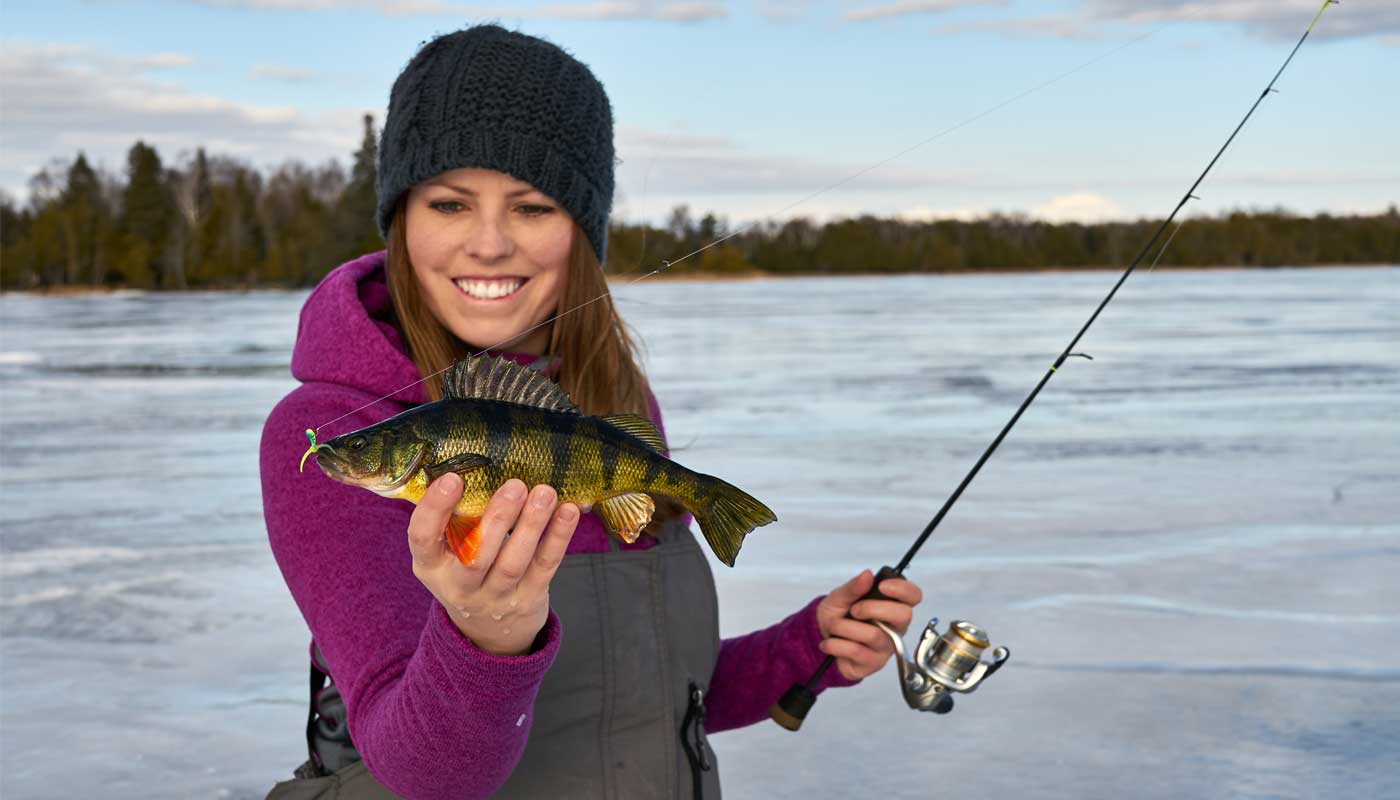
*Originally published on January 28, 2018
It’s no secret that Ontario is home to seemingly endless yellow perch waters. Lake Simcoe, Lake Erie, and the St. Lawrence River are just a few of the more popular spots for good jumbo perch populations, and although each of these waters also holds other larger game fish species that are popular during ice fishing season, there is still a diehard community of anglers that cannot get enough of chasing perch. This seems to hold true throughout the province. Anglers are willing to travel far and wide to chase these feisty little striped beauties. Can you blame them?!
Perch are great fun for adult anglers—they’re also a perfect species to introduce ice fishing to newcomers and children. Since perch are a schooling species, it’s quite typical that if you find one, there are many more nearby. Locating an active school can mean an action-packed day on the ice that will make anyone fall in love with this species and hard water fishing. During the early ice season, perch are usually found in shallower waters, and they move out deeper as the season progresses. That being said, with healthy vegetation present and deeper water close by, they can still be found cruising in and out of the shallows searching for a meal or hiding amongst vegetation, taking cover from their predators.
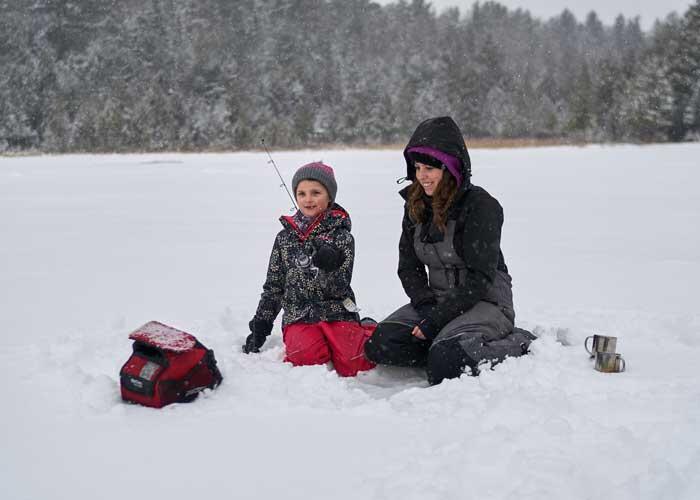
You don’t need a large arsenal of gear to target perch, but keep in mind that you’ll be much more effective by going the ultra-light route. Ultra-light rods not only help detect the lightest and finickiest of bites, but they make the battle more fun, too. Light (1- to 4-pound test) monofilament or fluorocarbon line and tiny jigs tipped with soft plastics—or live bait such as wax worms or maggots—are popular and effective for perch. A sensitive tip or a spring bobber helps to see when a fish strikes your offering, as sometimes the bite can be so subtle.
I like using small jigging spoons or something with a rattle, such as an Ultra Light Rippin’ Rap Size 3, to call in any active fish in the area. Fish that respond to these presentations tend to be more curious and aggressive. If they’re a little finicky and don’t go for the ‘call bait,’ I’ll switch and drop down a 1/16oz to 1/8oz tungsten micro jig tipped with a Trigger-X Moustache Worm or a similar finesse soft plastic to tempt them to bite. Live bait is great and certainly effective, but I find that soft plastics will usually hold up much longer. Perch can be really crafty sometimes, pulling live bait off a hook before you can even get a hookset in. With cold hands and tiny jigs, it’s nice not having to keep re-rigging all day long when the bite is on. I also find it important to get back down there as quickly as possible between fish in order to keep the school from moving on. Perch are very curious.
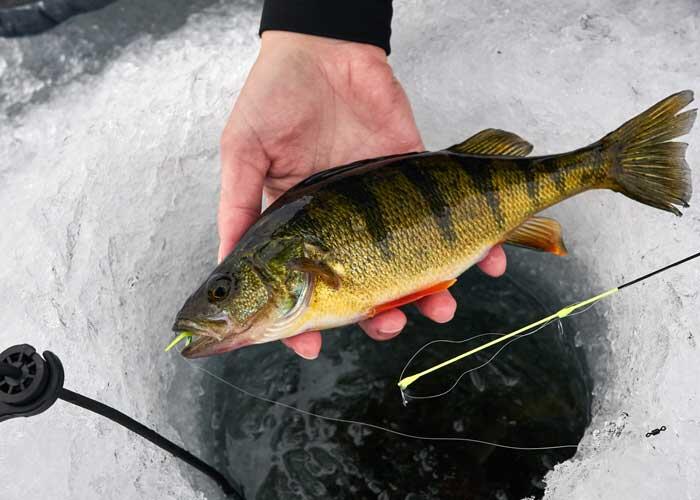
When it comes to any species of fish, catching numbers are a hoot, but the big ones are when it gets even more exciting. Jumbo perch are typically a little more confident than the little guys. With less to fear, they don’t hold as tightly to cover and can be found cruising in open areas and in deeper basins adjacent to nearby structure. Perch school by size, so if you’re able to luck into a bigger one, there’s a good chance this fish is travelling with buddies. To weed out the smaller fish, I will upsize my presentation and jig a little more aggressively. Once I figure out what they’re reacting to best, I’ll continue with the same technique until the fish vacate. It’s a good idea to drill various holes so that when one spot ‘dries up’ and fish are no longer present, you can hop around to various holes to find the active school again.
If you’re looking for a new place to chase perch through the ice this winter, check out the Fish On-Line website, which enables searching by species. Best of luck and be safe out on the ice!
Recommended Articles

Top Flies for Northern Pike

Lake Nipigon Adventure
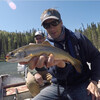
Troutfly Outpost is a Multi-Species Factory

10 Tips For Ice Fishing Safety
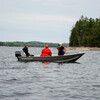
Lady Evelyn Lake
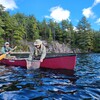
Fishing the Exceptional Waters at Blue Fox Camp
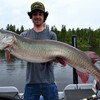
Piecing Together the Muskie Puzzle
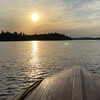
Fly-in Destination

Speckle Splake Spectacular

A Whole Lota Lovin'
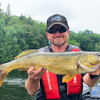
Experiencing Prince Edward County - The Angler’s Way
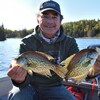
The Ontario Fall Crappie Hunt

Cast Into the Heart of a Walleye Paradise
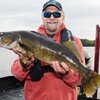
Hawk Lake Lodge
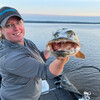
Become a World-class Fishing Guide
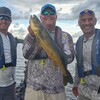
Tomiko Lake Lodge
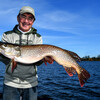
Chasin’ Fall Critters
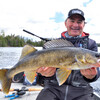
Hard Balling Walleyes
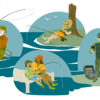
Test Your Fishing Smarts
